问题说明
ceres-solver库是google的非线性优化库,可以对slam问题,机器人位姿进行优化,使其建图的效果得到改善。pose_graph_3d是官方给出的二维平面上机器人位姿优化问题,需要读取一个g2o文件,运行程序后返回一个poses_original.txt和一个poses_optimized.txt,大家按字面意思理解,内部格式长这样:
pose_id x y z q_x q_y q_z q_w
pose_id x y z q_x q_y q_z q_w
pose_id x y z q_x q_y q_z q_w
...
按examples中pose_graph_3d包内的README操作。)得到这两个文件后,用官方提供的plot_results.py可以画出原始和优化后的位姿地图,类似下图:

变量说明
重要变量为以下几个:
constraints:vector,例程中起名叫VectorOfConstraints,放入变量的类型为Constraint3d, 如下所示,注意eigen的对齐。
//eigen 对齐,可能是因为Constraint3d里面有eigen的数据类型
typedef std::vector<Constraint3d, Eigen::aligned_allocator<Constraint3d> >
VectorOfConstraints;
含义为机器人两个pose之间的限制,Constraint3d包括两个pose的id,相对旋转矩阵t_be(含义为从e帧变换到b帧的变换矩阵),和协方差阵。constraints这个变量描述的是观测量测量量measurement,即机器人认为自己感知到的正确的数据。
poses: map类指针,例程起名为MapOfPoses键值对为id和 Pose3d ,后面两个参数为按键从小到大排列和eigen的内部对齐。如下所示。
//map的四个参数 键是整形,值是Pose3d,按key值从小到大排序,(Pose3d含有eigen的数据类型)需要对齐
typedef std::map<int, Pose3d, std::less<int>,
Eigen::aligned_allocator<std::pair<const int, Pose3d> > >
MapOfPoses;
此步搭建了costfunction,详情下面介绍。
//为四元数添加一个LocalParameterization,定义新的求导方式,求解雅可比矩阵
//定义一个父类指针指向子类
ceres::LocalParameterization* quaternion_local_parameterization =
new EigenQuaternionParameterization;
此步new了一个LocalParameterization,详情下面介绍。
Costfunction的搭建
使用ceres库的关键是构造 costfunction ,ceres官方搭建的costfunction,同样有一个类表示,名为PoseGraph3dErrorTerm,具体如下所示:
class PoseGraph3dErrorTerm {
public:
PoseGraph3dErrorTerm(const Pose3d& t_ab_measured,
const Eigen::Matrix<double, 6, 6>& sqrt_information)
: t_ab_measured_(t_ab_measured), sqrt_information_(sqrt_information) {}
template <typename T>
bool operator()(const T* const p_a_ptr, const T* const q_a_ptr,
const T* const p_b_ptr, const T* const q_b_ptr,
T* residuals_ptr) const {
Eigen::Map<const Eigen::Matrix<T, 3, 1> > p_a(p_a_ptr);
Eigen::Map<const Eigen::Quaternion<T> > q_a(q_a_ptr);
Eigen::Map<const Eigen::Matrix<T, 3, 1> > p_b(p_b_ptr);
Eigen::Map<const Eigen::Quaternion<T> > q_b(q_b_ptr);
// Compute the relative transformation between the two frames.
Eigen::Quaternion<T> q_a_inverse = q_a.conjugate();
Eigen::Quaternion<T> q_ab_estimated = q_a_inverse * q_b;
// Represent the displacement between the two frames in the A frame.
Eigen::Matrix<T, 3, 1> p_ab_estimated = q_a_inverse * (p_b - p_a);
// Compute the error between the two orientation estimates.
Eigen::Quaternion<T> delta_q =
t_ab_measured_.q.template cast<T>() * q_ab_estimated.conjugate();
// Compute the residuals.
// [ position ] [ delta_p ]
// [ orientation (3x1)] = [ 2 * delta_q(0:2) ]
Eigen::Map<Eigen::Matrix<T, 6, 1> > residuals(residuals_ptr);
residuals.template block<3, 1>(0, 0) =
p_ab_estimated - t_ab_measured_.p.template cast<T>();
residuals.template block<3, 1>(3, 0) = T(2.0) * delta_q.vec();
// Scale the residuals by the measurement uncertainty.
residuals.applyOnTheLeft(sqrt_information_.template cast<T>());
return true;
}
static ceres::CostFunction* Create(
const Pose3d& t_ab_measured,
const Eigen::Matrix<double, 6, 6>& sqrt_information) {
return new ceres::AutoDiffCostFunction<PoseGraph3dErrorTerm, 6, 3, 4, 3, 4>(
new PoseGraph3dErrorTerm(t_ab_measured, sqrt_information));
}
EIGEN_MAKE_ALIGNED_OPERATOR_NEW
private:
// The measurement for the position of B relative to A in the A frame.
const Pose3d t_ab_measured_;
// The square root of the measurement information matrix.
const Eigen::Matrix<double, 6, 6> sqrt_information_;
};
其中包括:
一个构造函数PoseGraph3dErrorTerm( t_ab_measured,sqrt_information );
一个运算符重载operator()( p_a_ptr, q_a_ptr, p_b_ptr, q_b_ptr, residuals_ptr ),其中residuals_ptr指向的东西是计算出的残差;
一个构造costfunction的函数Create( t_ab_measured, sqrt_information )。
operator()的作用
传入参数计算残差,残差有六维,如下所示:

其中Vec()函数取四元数的虚部,也就是跟旋转向量相关的那部分,这样的话最小化误差的理想状态最后三维会是0向量。pab 是a坐标系中表示的机器人在b时的位置,qab是b到a的旋转四元数, 由下式计算。带hat的是测量值,是在时刻a时机器人坐标系下观察的测量值。

pb 和 pa 的定义见pose_graph_2d里的说明。 qab是由 b→world→a 得到。
代码中首先将传入的参数map到eigen的数据类型,p_a和p_b(Eigen::Matrix),q_a和q_b(Eigen::Quaternion),关于eigen的map问题可点击这里,然后将q_a取了其共轭(conjugate),并当做其逆使用,这里有些不懂它为什么这么做,inverse和conjugate相差了个系数即四元数的模,如果旋转向量不是单位向量的话,这个系数并不是1。推测可能对最小化误差没有太大影响,或者后面会在信息矩阵中补上这个系数。接下来计算残差就是按上面的公式按部就班的编写代码即可,最后左乘信息矩阵( applyOnTheLeft() ),函数使用点击这里。
Create函数的作用
用来构造一个costfunction类,与一般不同的是,main函数里调用Create函数来构造costfunction.
定义求导方式,官方例程里定义的是自动求导方式,即ceres::AutoDiffCostFunction,<>里的参数是我们的PoseGraph2dErrorTerm类,和误差,优化变量的维数。
二、构造Problem
当costfunction搭建好后,给每个constraint都加入残差快AddResidualBlock, 官方例程没有用核函数,传入costfunction,传入待优化参数即可。
//传入的待优化参数是两个世界坐标系下的pose,类型为Pose3d,
// p是vector类型,访问数据用.data(),q是四元数类型,访问数据用.coeffs()得到内部的vector,再用.data()得到数据
problem->AddResidualBlock(cost_function, loss_function,
pose_begin_iter->second.p.data(),
pose_begin_iter->second.q.coeffs().data(),
pose_end_iter->second.p.data(),
pose_end_iter->second.q.coeffs().data());
四元数访问操作见注释,有关eigen四元数的更多信息,例如存储方式balabala请点击这里。
三、LocalParameterization搭建
在遍历迭代器之前,需给四元数new一个LocalParameterization,如下所示:
//为四元数添加一个LocalParameterization,定义新的求导方式,求解雅可比矩阵
//定义一个父类指针指向子类
ceres::LocalParameterization* quaternion_local_parameterization =
new EigenQuaternionParameterization;
与pose_graph_2d中不同的是,这里不需要自己定义类,因为EigenQuaternionParameterization是ceres::LocalParameterization的一个子类。遍历迭代器的时候设置了localparameterization,如下所示:
//为四元数设置localparameterization,进而设置新的求导方式,雅可比矩阵等..
problem->SetParameterization(pose_begin_iter->second.q.coeffs().data(),
quaternion_local_parameterization);
problem->SetParameterization(pose_end_iter->second.q.coeffs().data(),
quaternion_local_parameterization);
四、固定初始位姿
原因同pose_graph_2d中写的差不多,需要固定一个位姿,这样可以限制 gauge freedom。
problem->SetParameterBlockConstant(pose_start_iter->second.p.data());
problem->SetParameterBlockConstant(pose_start_iter->second.q.coeffs().data());
参考文献: http://ceres-solver.org/nnls_tutorial.html#robust-curve-fitting


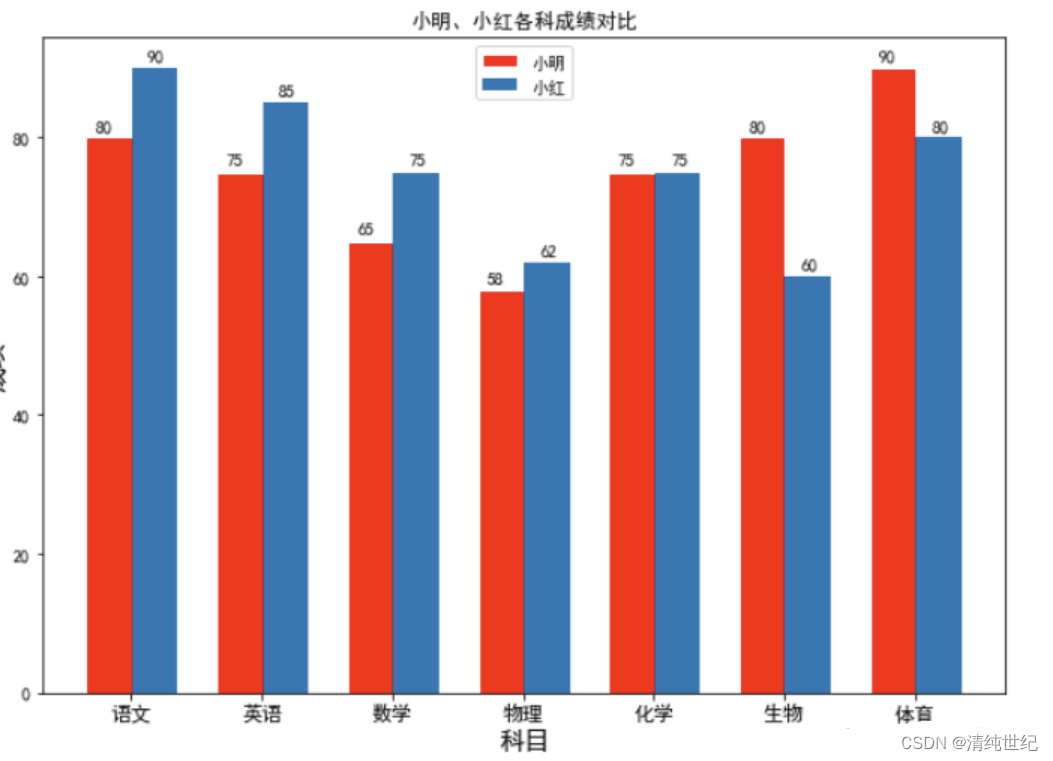


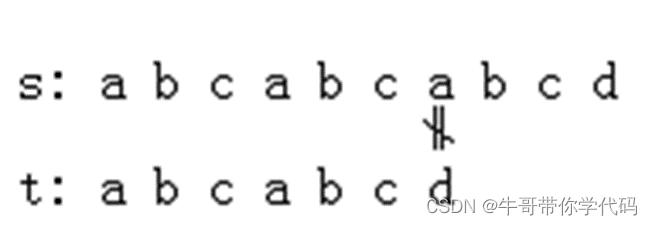
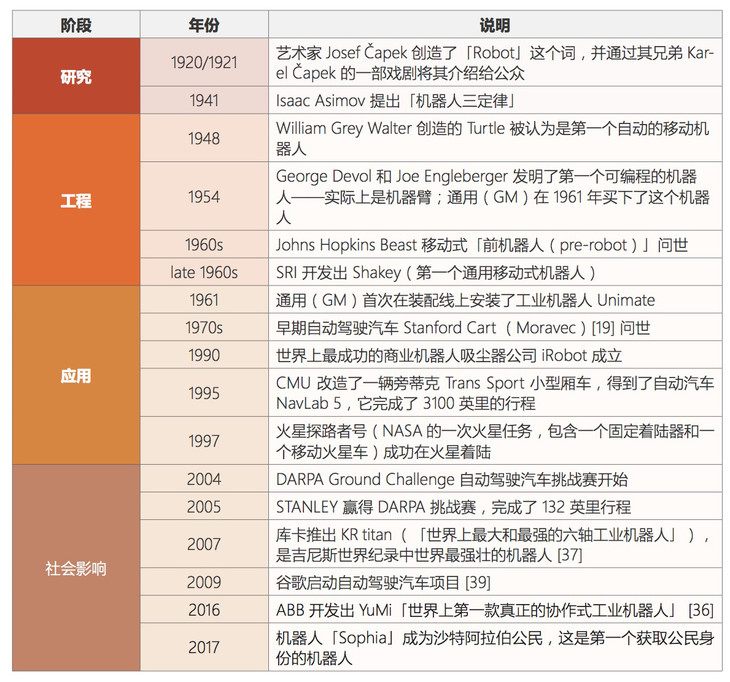



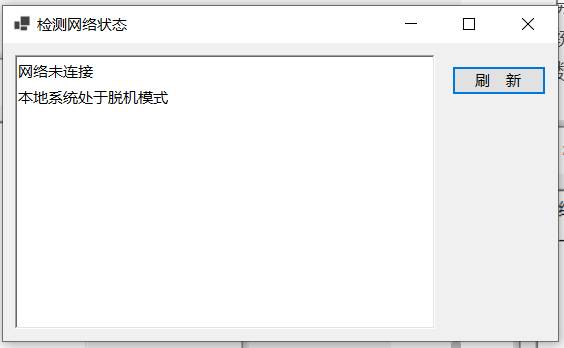
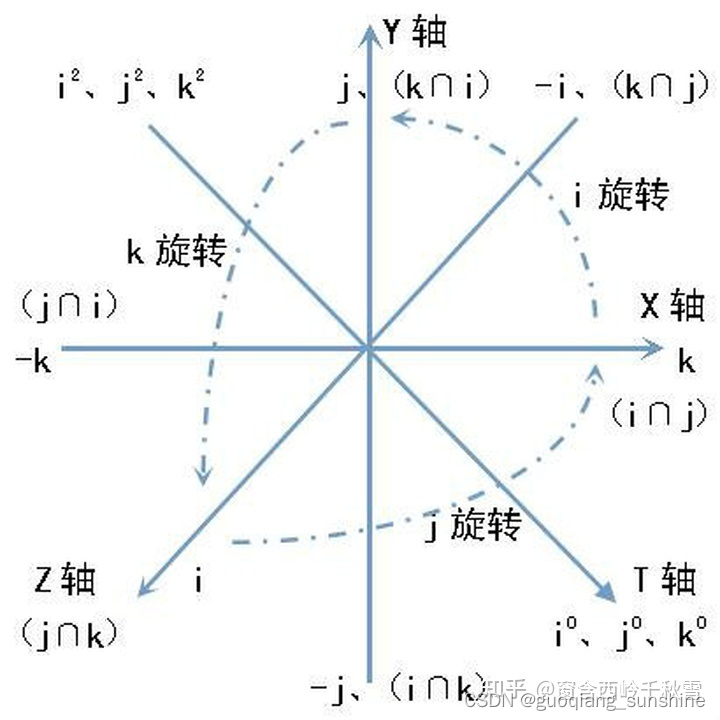







![Introduction to Multi-Armed Bandits——03 Thompson Sampling[1]](https://img-blog.csdnimg.cn/img_convert/8f3088233b403fa4a19fd94051993253.png)